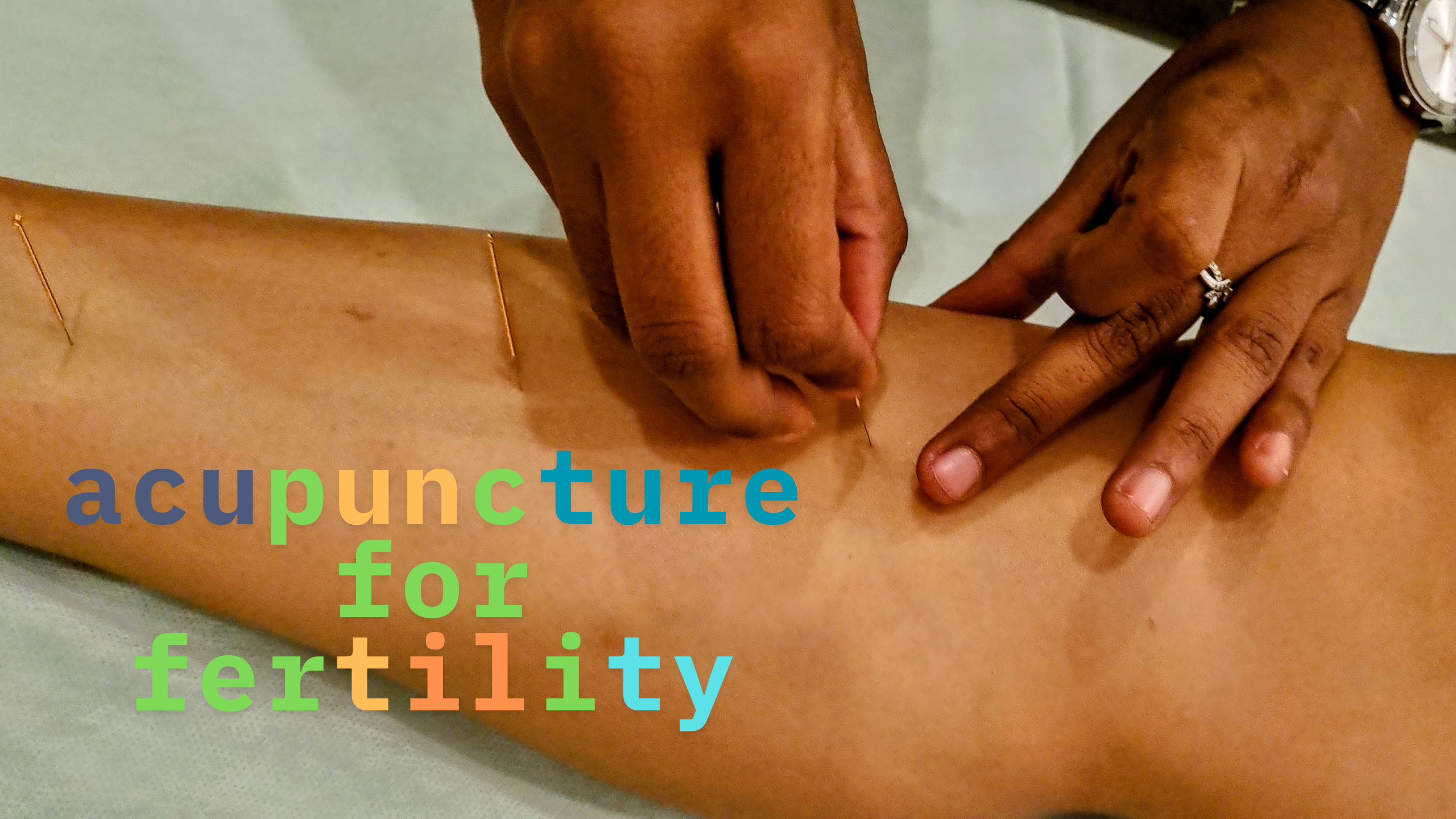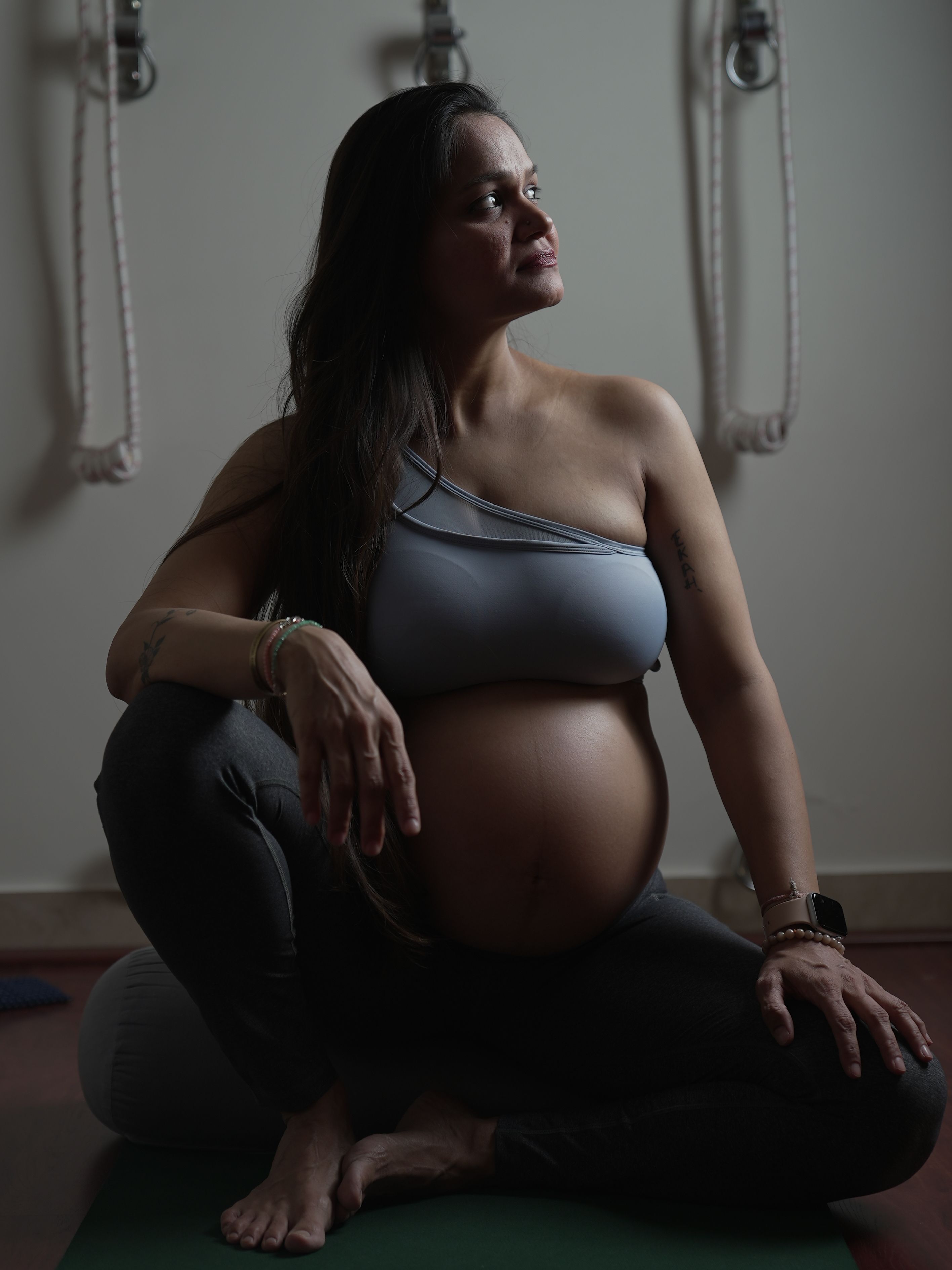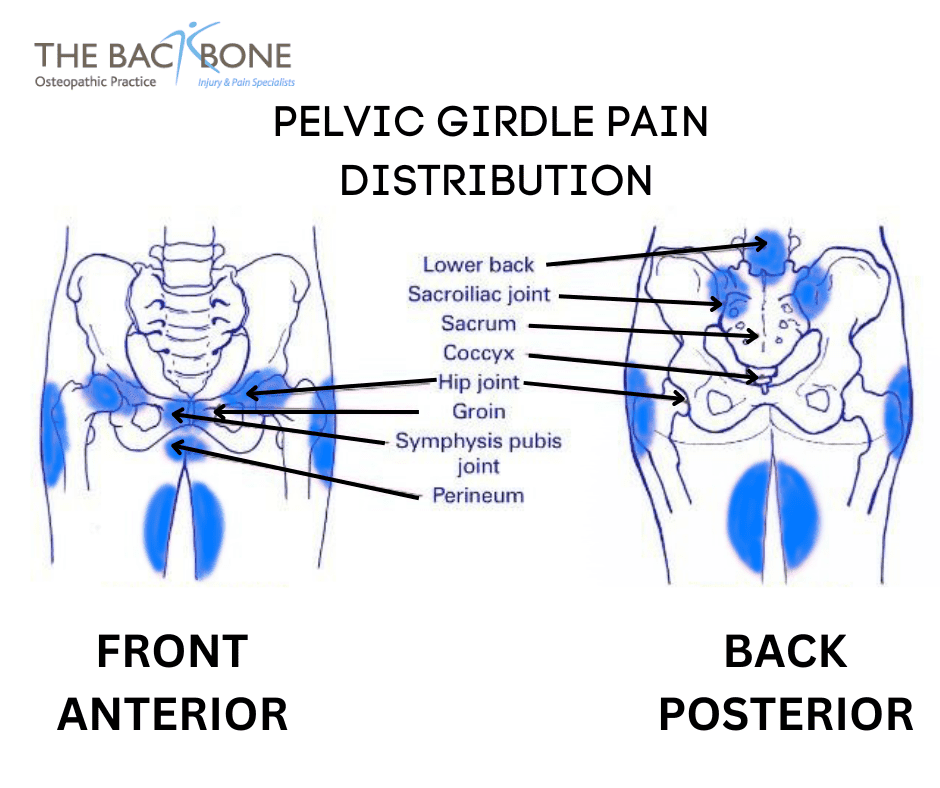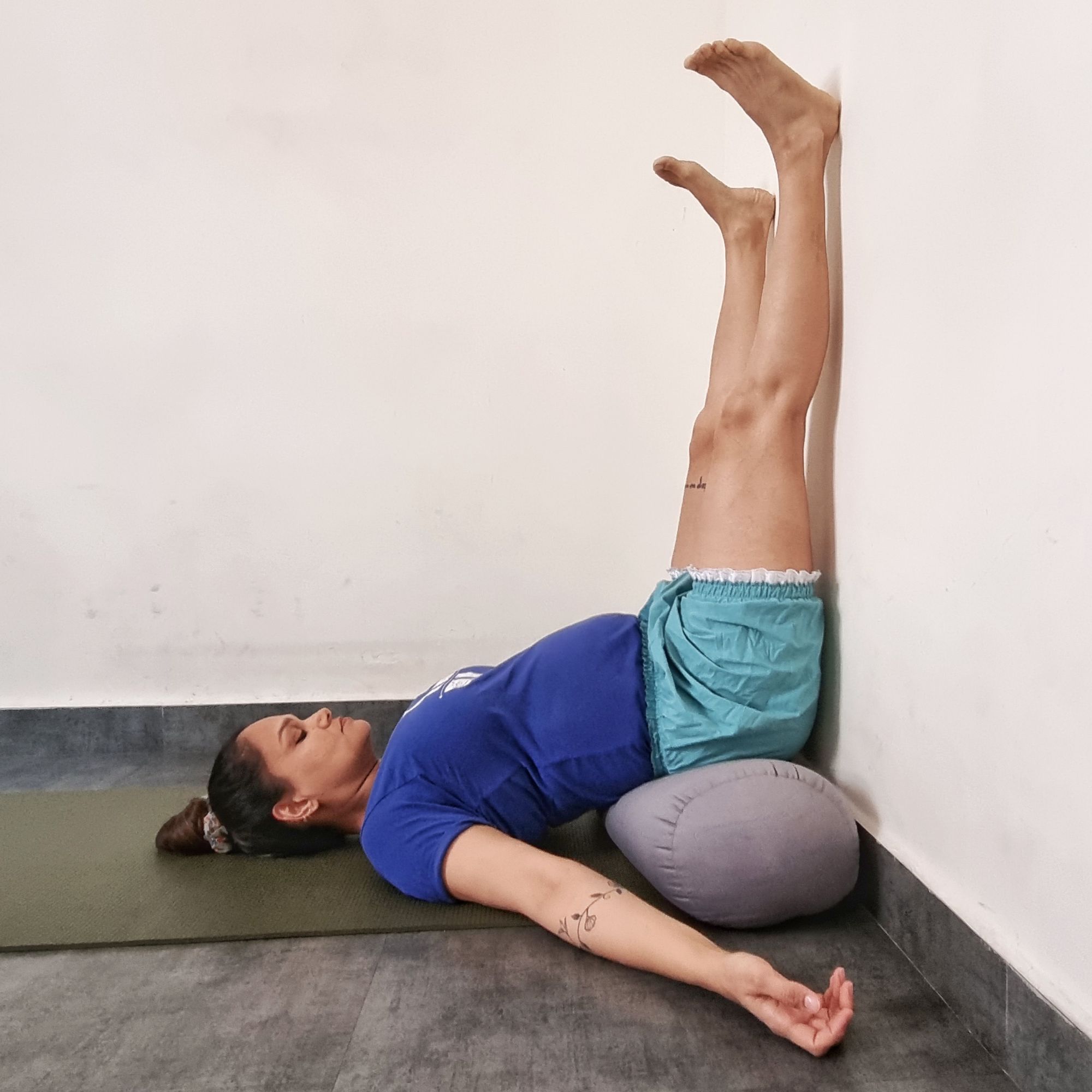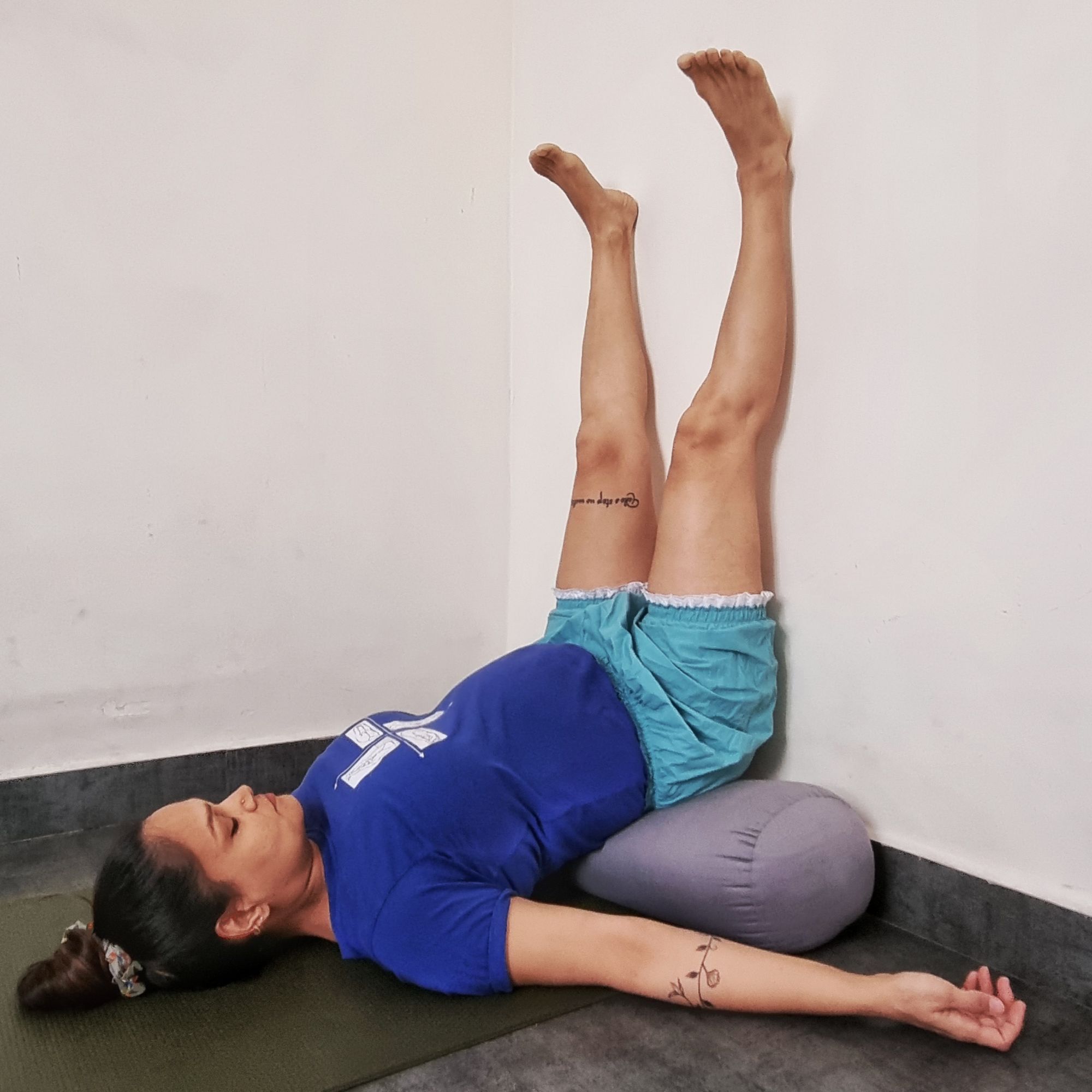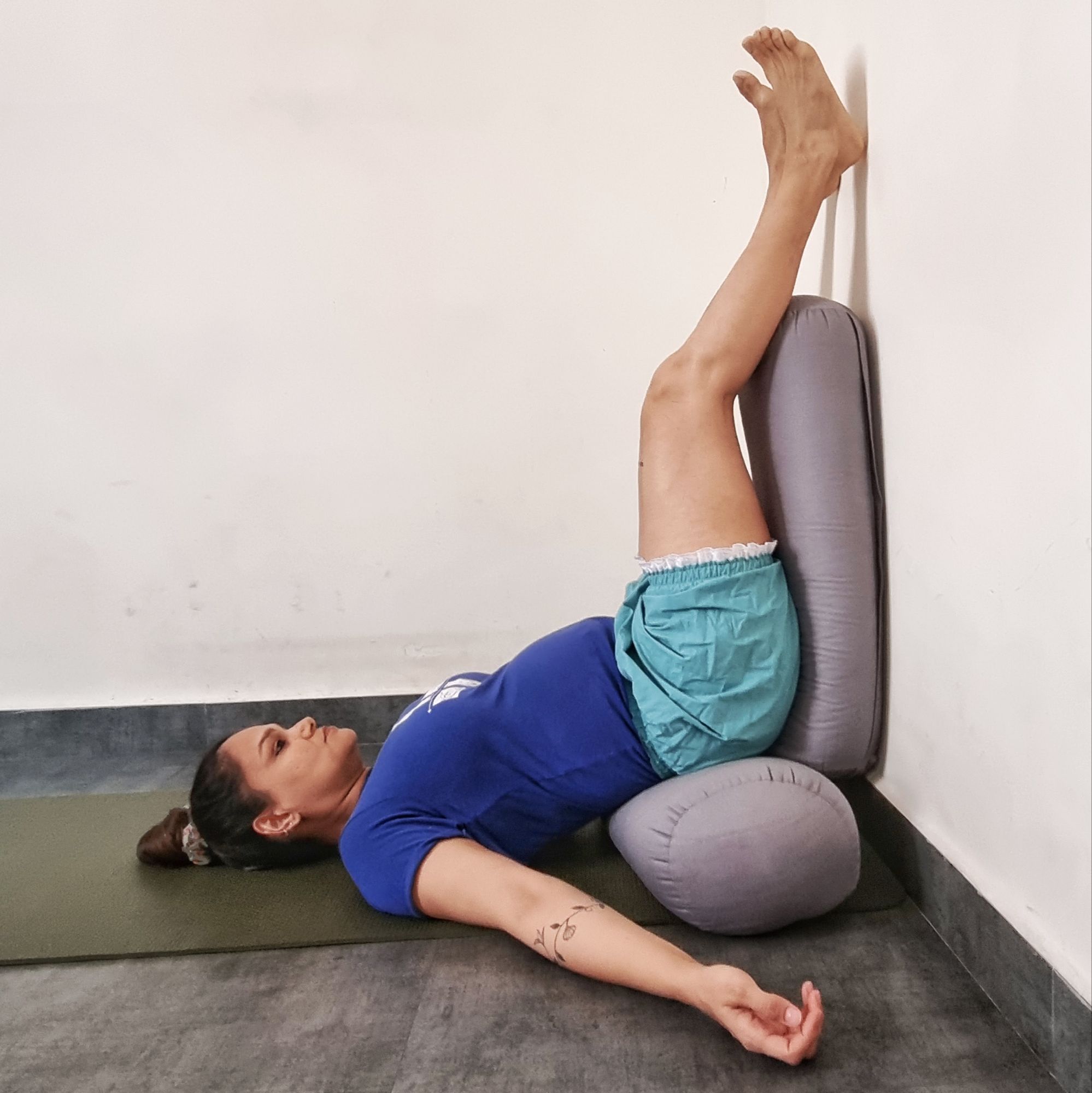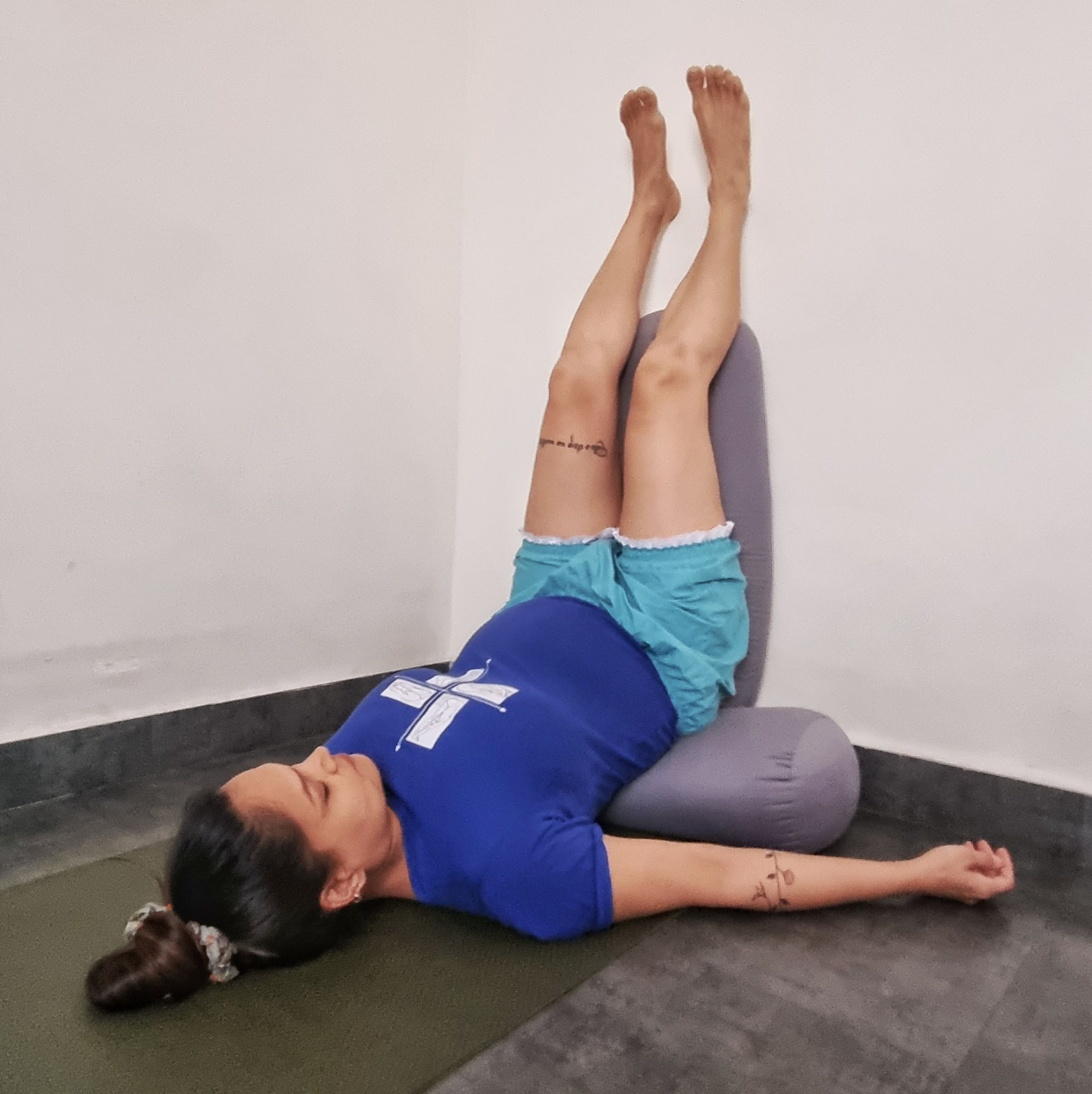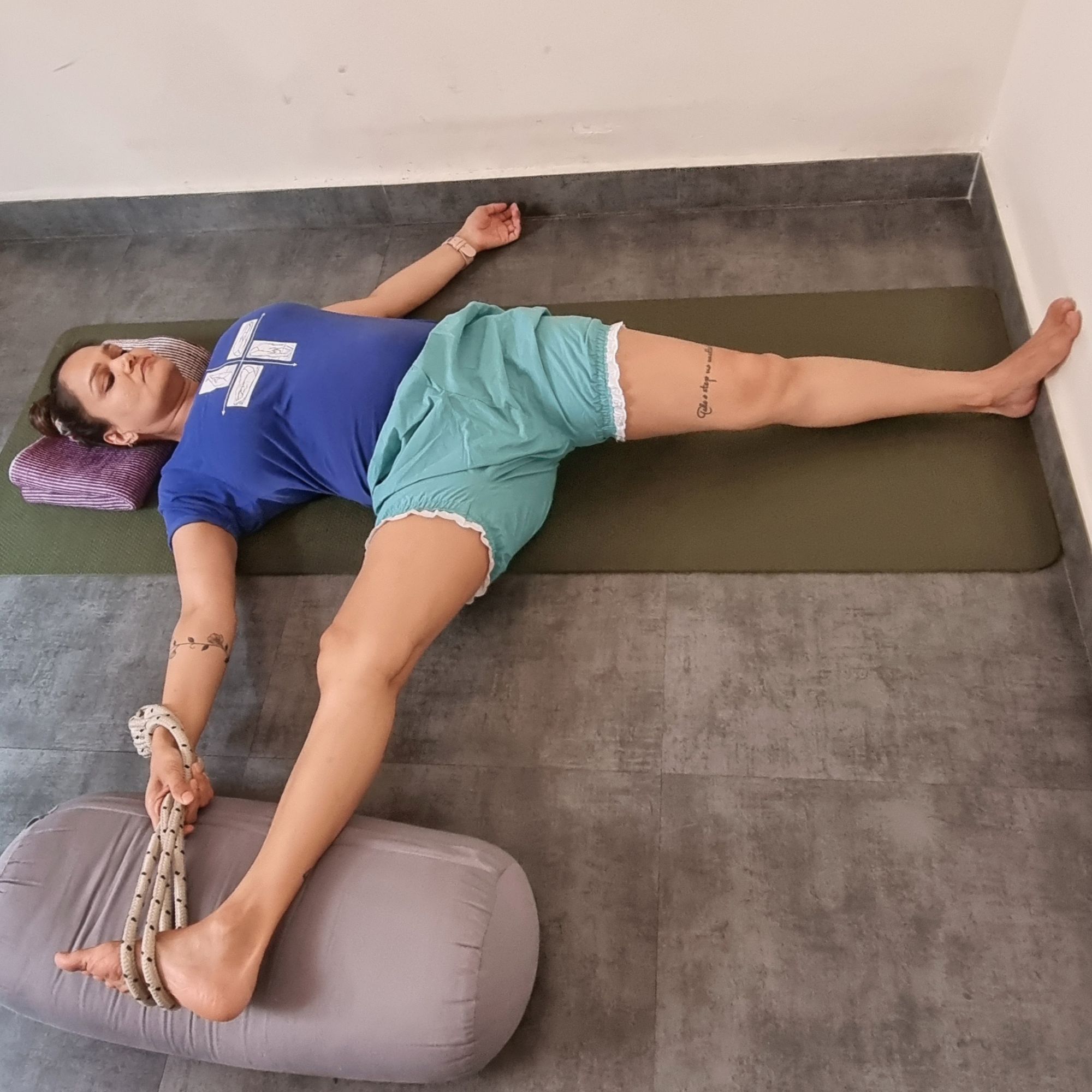There’s a disturbing narrative rampant in the prenatal fitness domain. It’s about women being encouraged to push themselves to continue their workouts with the same intensity as before they fell pregnant. Many coaches are even saying that you can get stronger during the pregnancy. The first time I heard this I involuntarily cringed.
The last 8 months have been transformative for me on many levels, including the physical. I’ve always maintained (perhaps controversially) that my life is not structured around my yoga, but that my yoga is structured around my life. I think this is the reason behind my robust sense of intuition.
My Prenatal Fitness Journey
During my journey to conception it was the confidence in my practice that helped me stand up to the usual spiel about IVF. I practiced my conception sequence daily without fail.
In my first trimester, when nausea plagued me all the time, I slowed down and took it easy. My yoga teachers told me to stop practicing until my fourth month. I didn’t lie down with my legs up the wall, I didn’t do ‘slow’ surya namaskars or a ‘modified’ practice. Instead I went for long walks and listened to helpful podcasts. I knew I had to support my body in establishing a healthy and strong pregnancy. I demonstrated the bare minimum in class and slept when fatigue overcame me.
In my second trimester I traveled to Chamrajpet for an entire month to learn my prenatal yoga sequence. It included inversions and supta asanas for almost thirty minutes. I continued to demonstrate the bare minimum in class, and by now my students knew I was pregnant and put their minds and bodies through my instructions. My backbends were supported and handstand jumps were off the table. I was growing and exploring my hunger pangs (which included random things like Magnum ice cream bars).
Now in my third trimester I’m bigger than ever. The other day I told my teacher that I’m slower now. She cut my asana reps to just one on each side. She’s happy that this journey is healthful and vibrant for me and for her. Both teachers have told me to practice until the last day of my pregnancy. And to restart 4 months after I deliver. These days I can’t do 10000 steps at a stretch, so I split them into intervals. Sometimes if I overdo it the PGP comes back and then I have to consciously rest.
The Notion of Strength
I came across a personal trainer who looked at my arms deprecatingly and said, “You’ve lost some tone there.” The same trainer went on to tell me about other clients who’ve been running and lifting weights until the day they delivered. In my first trimester I read about such wonder women in ‘Yoga Sadhana for Mothers’ and it made my nausea worse. Whether it’s in the softness of my limbs or muscle tone, or my willingness to step back from tasks and classes that are ‘too much’ at the moment, this pregnancy has shown me I’m so much more than just my yoga. And that there is so much I can rely on in life than my yoga.
My own experience has convinced me that pregnancy is not a time to ‘prove’ things about my physical fitness.
The fact that a woman’s body goes through hormonal changes for 9 whole months as she gets heavier and slower shows what the female body is capable of. I didn’t pine after these asanas that many would consider were ‘lost’ to me. I still don’t feel I’ve ‘lost’ anything. The practice was, is and always will be mine. Which is why this narrative needs to stop, prenatal fitness is a whole different ball game.
I wonder if I had obsessed over the time I lost practicing, or fretted over my soft body, or forced myself to practice with the same intensity as before, would I have appreciated this journey and been prepared for the beautiful challenges yet to come?

